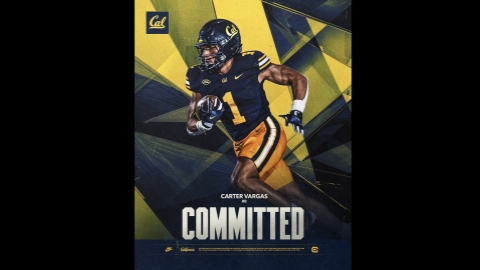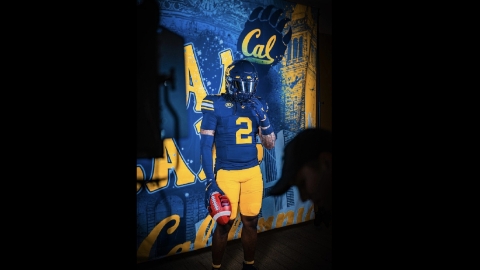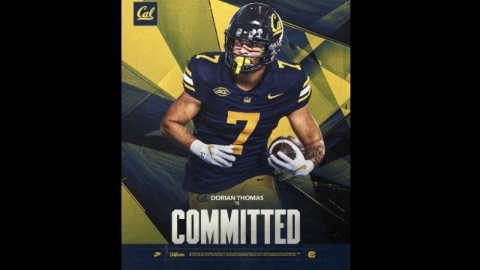https://uclabruins.com/sports/mens-water-polo/stats/2020/california/boxscore/27071
Bears Ascend to No. 1 in Men's Water Polo
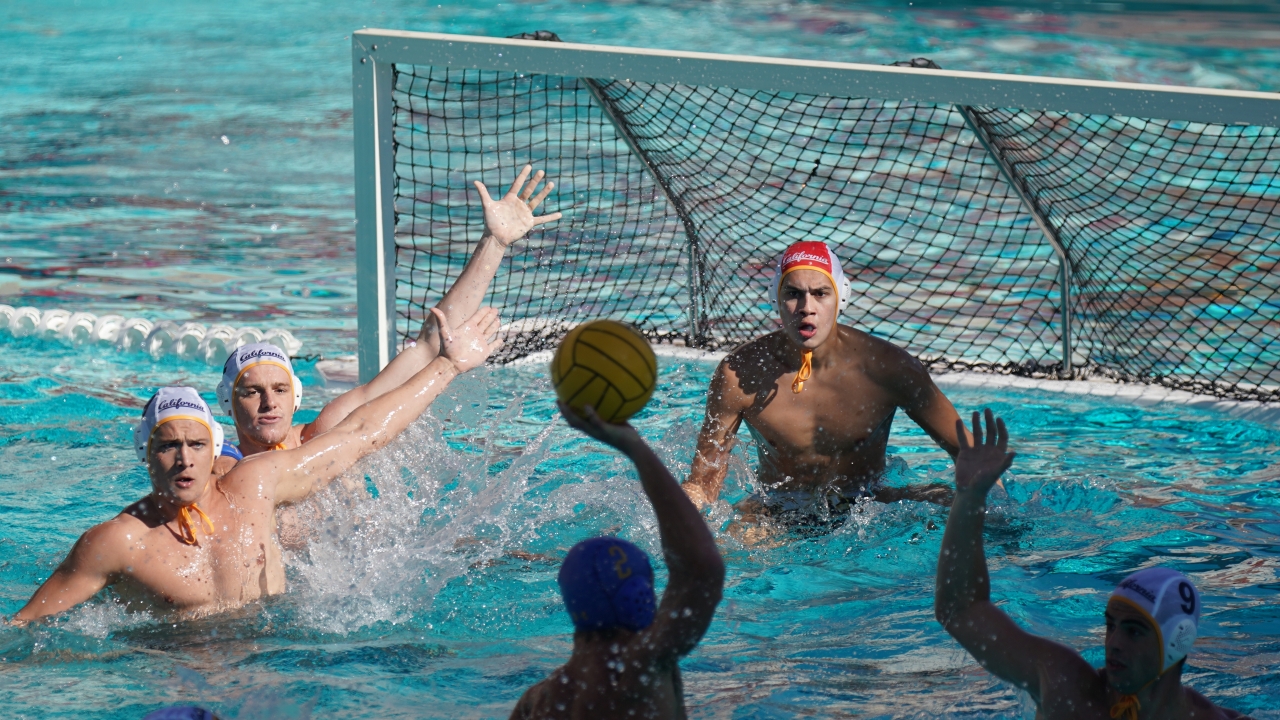
The Cal Men’s water polo team has had more consistent national success than almost any other program on the campus. The Bears have won 14 NCAA championships since 1969, and when they didn’t win it they were close.
But they had not been ranked No. 1 in the country since 2017.
Until now.
After vanquishing USC, UCLA and Stanford in a two-day round robin Feb.6-7, the Bears (5-2) were a runaway choice for the top spot in the Collegiate Water Polo Association (CWPA) poll. A lengthy stay atop the rankings is hardly assured, The Bears face the same three teams at Stanford this weekend and they are numbers 2 (UCLA), 3, (Stanford) and four (USC).
A minority of colleges who would qualify as major in other sports field water polo teams. A niche sport it combines elements of basketball, soccer and water aerobics into some hectic action in a pool with 20-yard-by 25 yard boundaries above the surface and a minimum 7-foot depth below it. The teams consist of six players plus a goalie, who is charged with defending the floating net.
But the Bears are No. 1 on merit. “We’ve got some players who are pretty talented at key positions,” said Cal coach Kirk Everist in a telephone interview this week.
“Our defense has been pretty good the last couple of weeks. It improved from weekend one to weekend two, which helps out a lot. We do have some firepower offensively and we have able to shoot the ball pretty well from the outside./We draw a lot of attention inside which forces teams to run zones a lot.
The player who draws the most attention is sophomore Nikolaos Papanikalou. “Water polo is a little like basketball,” Everist said. “If you have a dominant player it can change the math for every team, He definitely creates issues. He’s very versatile, can play multiple positions so it gives a lot of flexibility.

“He’s a center by trade, but he’s a big guy, probably 6-3, 235, something like that. He’s really fast in the water for a guy that’s that big. He can get up and down the pool really well. He’s also able to play on the perimeter effectively, too, So he gives us the option to play our other center, George Avakian, a freshman who’s had a couple of great weeks of production for us. ...It gives us some different looks which teams have to worry about. And if the wrong player picks him up, when he’s playing on the perimeter he is able to go inside and create an issue there.”
As is true in soccer, the last line of defense is the goalie, and the Bears have a good one in sophomore Adrian Weinberg.
“He’s matured over the last year,” Everist said. “He’s got a good command of the defense and is leading our defensive actions. The goalie is kind of like the quarterback, the one person out there that can see everything. As a freshman, he was great at blocking the ball and we are getting comfortable with his leading the team on that end.
“And I think he’s matured to the level where he kind of orchestrates things he wants to happen in order to force the shot he would like to see which gives him a better chance of being successful.”
As is the case with all sports during the pandemic, the water polo team saw its training process disrupted.
“We were out for a long time,” Everist said. “For almost nine and half months we didn’t have organized training, up until January 6 or 7, whatever that day was when we could get back in the pool.
“The guys did a good job of staying in shape, but it’s a different world when you get into actual training as a team, The water is a different environment. It isn’t as easy as a running sport or a field sport where you can just go down to the park and at least get some work in, in the environment where you are going to compete. Water olo you need a pool we don’t own the pools all around the state, It’s not something you just walk up to and use.”
Everist said his troops were “resourceful” and found ways to keep their feet wet, so to speak. “There are some pools in Contra Costa County where they could go and get in an hour here and an hour there,” he said, adding that some players were able to use club pools and even their former high schools
“During the summer they were going to Aquatic Park and jumping in the Bay and swimming around and shooting. They had a cage out there.”
Still, when they reported for duty their training was behind schedule.
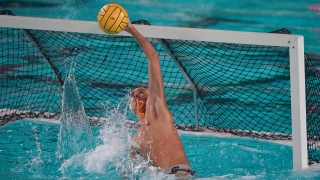
“Just to be able to stay in that condition was tough and that’s been the biggest change just getting the guys ready to compete without breaking them down too much and slowly just kind of putting hay in the barn and getting them ready to play,” Everist said; ““They are slowly getting back into better shape, But you’ve got to watch them and make sure that as you’re doing that, you’re not creating another issue where you’ve got shoulder issues and hips and backs and all sorts of stuff going out because they’re just not used to the load. I know every team is dealing with that.”
In this weekend’s pod, the Bears face USC at 1 p.m. on Saturday, UCLA at 10 a.m. Sunday and Stanford at 6:30 that night.
The conference tournament will be in two weeks at UCLA and the NCAAs probably at USC in another two weeks. The NCAAs were scheduled for Stanford, but the Santa Clara County pandemic protocols might make that impossible.
More Stories:
New and Different Baseball Season Opens Friday
